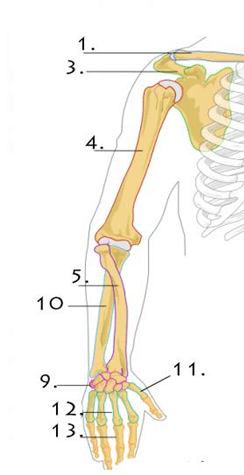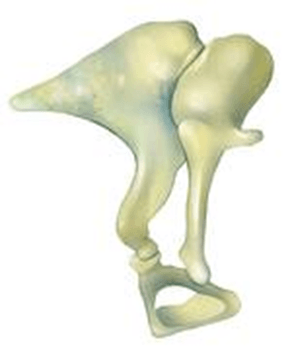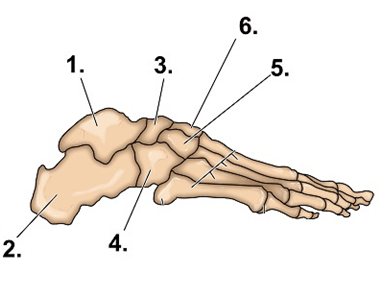Facial muscles
The axial skeleton consists of these general parts.
The skull, the vertebral column, and the rib cage.
A cell that secretes the matrix for bone formation.
Osteoblast.
The muscle labeled 1.

Frontalis.
The number of bones in the appendicular skeleton.
126.
Intervertebral discs are composed of this tissue.
Fibrocartilage (connective tissue).
The cartilaginous line of growth that later ossifies.
Epiphyseal plate.
The average number of facial muscles on a human.
43.
The bone labeled 5.

Radius.
Humans have this many pairs of true ribs.
7 pairs (1-7).
The structure labeled H.

Periosteum.
The keystone bone of the skull.
Sphenoid.
This bone is the strongest in the human body.
Femur.
This is a diagram of the ____________.

Auditory ossicles.
The fundamental functional unit of much compact bone.
Osteon (haversian system).
The muscle labeled 5.

Buccinator.
The pubic arch of a female is greater than ___ degrees.
90.
The structure labeled 1.

Superior costal facet.
This hormone released by the anterior pituitary gland is the most important hormone for stimulating epiphyseal plate activity in childhood.
Growth hormone (GH).
The arrow is pointing to this part of the temporal bone.

Mastoid process.
The bone labeled 4.

Cuboid.